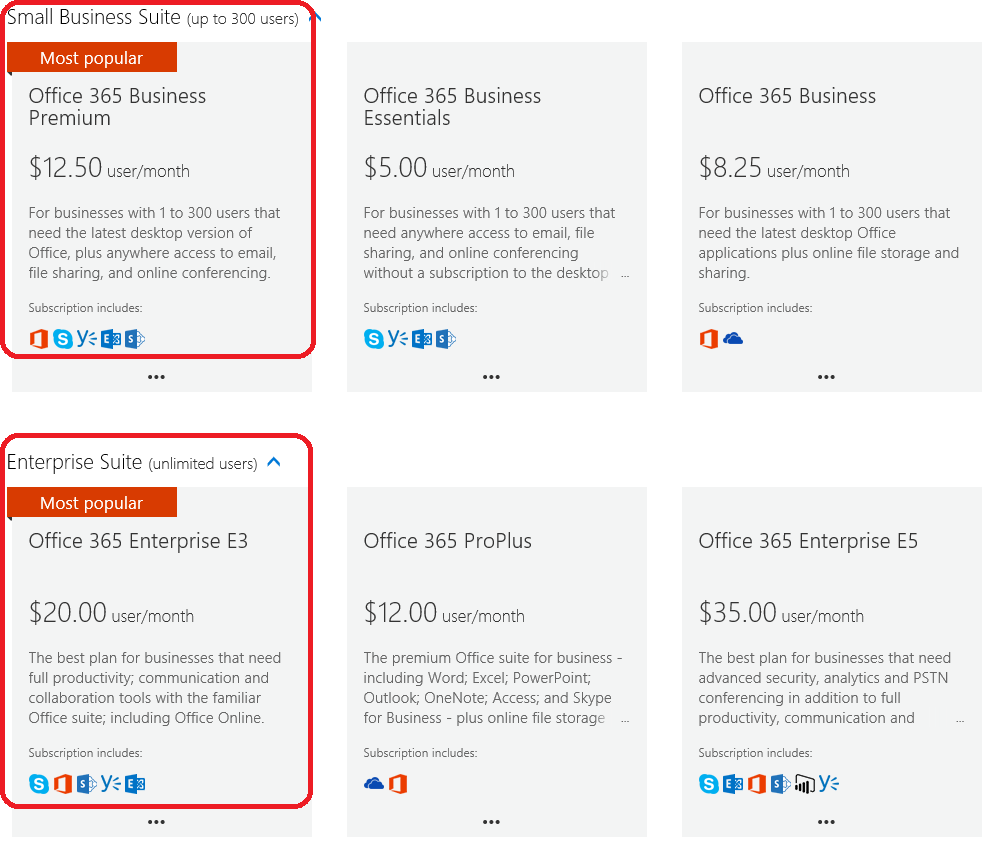
- #Replace sbs with office 365 and azure ad sync how to#
- #Replace sbs with office 365 and azure ad sync license#
#Replace sbs with office 365 and azure ad sync license#
Remember that all Exchange information is stored in Active Directory, so when creating a User account and enable a Remote Mailbox, this is only stored in Active Directory and only this information is synchronized with Azure Active Directory!Īssign the user an appropriate license in the Microsoft Online Portal et voila, your Mailbox in Office 365 is fully functional, in a fully supported scenario, and managed on-premises. The only communication that takes place is the Azure AD Connect synchronization between the on-premises Active Directory and Azure Active Directory. This includes the self-signed SSL certificate. Even better, the Exchange server is not used for any communication, it’s only there for management purposes so the Exchange server doesn’t have to be configured at all. Enable-RemoteMailbox “Dave Heslop” -RemoteRoutingAddress you need a hybrid configuration for this to happen? No, since there’s no traffic between Exchange on-premises and Exchange Online you don’t need to configure the Hybrid Configuration. The -RemoteRoutingAddress option is used to set the forwarding address from the on-premises Mail-enabled User to the Mailbox in Office 365. This will convert the local user to a Mail-Enabled User, and create the accompanying Mailbox in Exchange Online. Once created, you can use the Exchange PowerShell to execute the Enable-RemoteMailbox command. When a new user is created in Active Directory, only the basic attributes need to be populated. This way the locally created user accounts and Remote Mailboxes will get the appropriate Email addresses.

The first thing that needs to be done is configuring an Accepted Domain and an Email Address Policy. When adding an Exchange server (in my lab an Exchange 2016 CU2 server) to Active Directory you get an Exchange PowerShell and Exchange Admin Center on-premises available for management purposes. For additional details on this free Exchange license you can check the Microsoft knowledgebase article KB2939261. Since this is a green field Active Directory, and there’s no Exchange server on-premises you can use the free Microsoft Hybrid License to for this management server. So, what options do you have? Add an Exchange server on-premises, or keep one of the existing (hybrid) Exchange servers for management purposes.
#Replace sbs with office 365 and azure ad sync how to#
In this blogpost I’ll discuss how to add an Exchange server on-premises (or keep the last Exchange server when you’ve moved all Mailboxes to Office 365 for that matter) and manage your Exchange Online environment properly. This works fine, but it is not recommended nor is it supported by Microsoft.

In my previous blog post I explained how to manage your Email attributes in Office 365 by directly editing the Exchange attributes in your on-premises Active Directory.


 0 kommentar(er)
0 kommentar(er)
